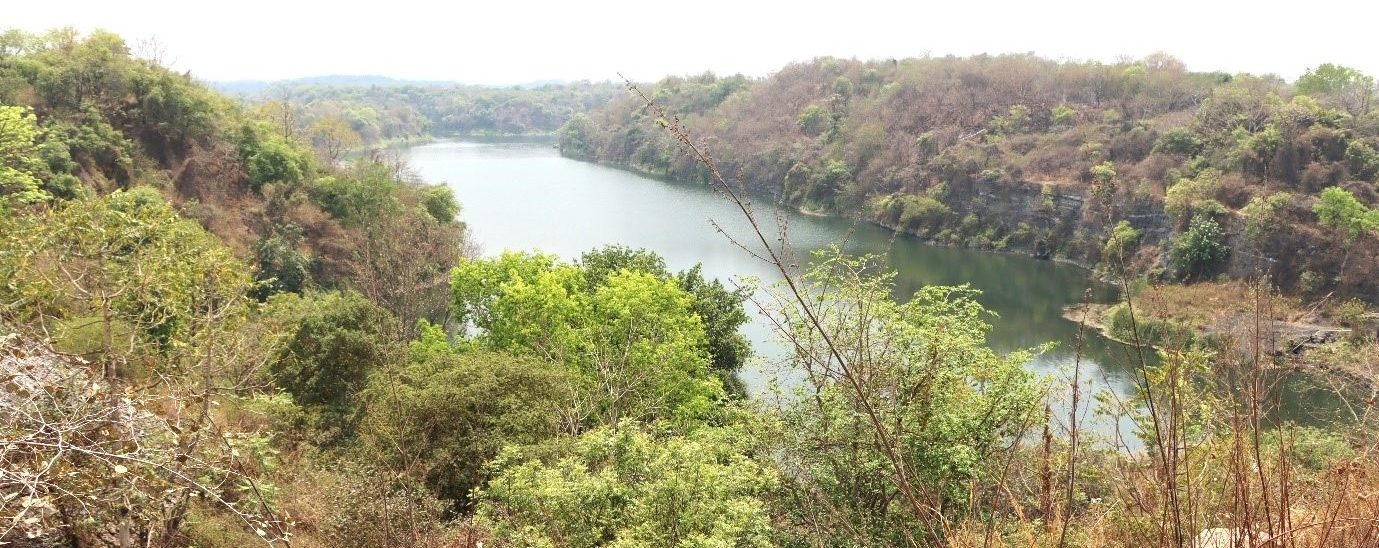
Investigating the socio-ecological importance of pit lakes with examples from Giddi-A colliery, Hazaribagh, Jharkhand
-
Rivers and lakes
-
Wetland values, status and trends
Commercial coal mining in India dates back to the British era. Situated along the western banks of the Damodar River, Raniganj coalfields are India’s first coalfields. Earlier, it was used to run the steam locomotives, later, with the establishment of the steel industries extraction of coking coal got a boost. During 1971-73, the coal sector was nationalized to scale up production to cater to the growing energy needs of the steel industry and society.
Most of the coal production in India has been from open-cast mines situated in the Deccan peninsula. After decades of mining, coal reserves have been exhausted in several of the old mines and they have been abandoned. The mining voids have gradually flooded and formed pit lakes. These pit lakes are a unique legacy of the industrialization process in India and across the world.
The pit lakes are usually deep with a comparatively smaller surface spread. The depth may go up to 100 m in many cases. The mine overburden is dumped around the pits elevating the lake margins, thus forming steep slopes. An ecologically complex littoral zone that characterizes a typical wetland system is missing. Mine dumps and leachates lead to toxic conditions in the water. Suspended solids of coal and clay in the mine wastewater and surface runoff, oil, and grease are the major pollutants. Often acid mine drainage takes place and the chances of heavy metal pollution are high. Another challenge is to manage the seepage resulting from exposed aquifers.
The absence of fringe vegetation and lack of natural connectivity deprives the wetland of the nutrients required to support aquatic vegetation and other life forms. But at the same time, pit lakes can have significant benefits if remediated ecologically. Several pit lakes have demonstrated a capacity for ecosystem development. The pit lakes can serve as a refuge for local biodiversity and an important water source for meeting domestic and irrigation needs in an otherwise water-scarce region such as the Deccan peninsula. They can provide space for recreation and generate alternative livelihood opportunities for communities after the mining ends.
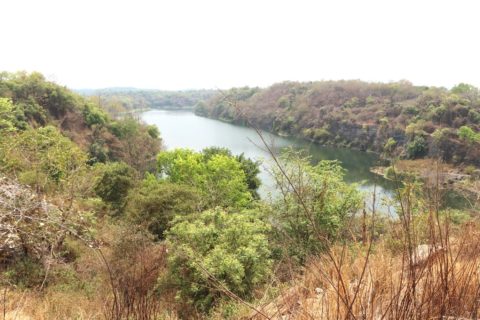
(Giddi-A, a colliery pit lake in Hazaribagh District, Jharkhand)
Giddi-A colliery, located in the Argada area in the South Karanpura coalfields of Hazaribagh district, is a very old mine of pre nationalization era where mining activities started in 1958. The reserves available in Giddi-A mines are of thermal-grade coal. The mine has been worked out by open-cast in six different patches. At present, the mining has been abandoned in all, except two of its quarries. The abandoned pits are filled with huge amounts of water. The oldest of the quarries – quarries 1 and 2, spreads over 29.97 ha and forms the Giddi-A pit lake.
The mining in the quarry was abandoned around the 1990s and since then reclamation activities have been carried out. Parts of the mined areas have been reclaimed by backfilling of the quarries also known as technical backfilling and through plantation activities or biological reclamation as prescribed under the extant regulation of the Environment Protection Act, 1986.
With time, the catchment area that is contiguous with forest areas is showing signs of natural regeneration. Diverse assemblages of flora and fauna have been reported including endangered and endemic species.
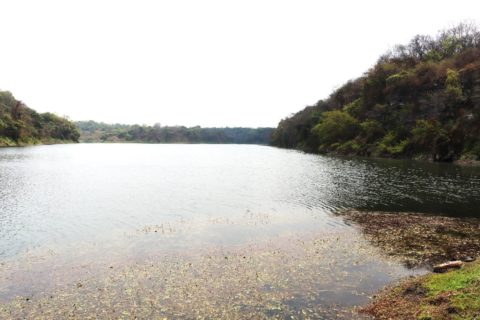
(Macrophytes grow abundantly in shallower portions of the pit lake)
Several phytoplanktons, as well as macrophytes such as Hydrilla verticillata, Polygonum hydropiper, Nelumbo nucifera, Marsilea sp., etc., can be seen growing in the pit lake. Thickets of Cattail are present on the lake shores. Common Kingfisher, Little Grebe, Little Cormorant, Indian Pond Heron, Common Moorhen, and Red Wattled Lapwing are resident bird species. A congregation of more than fifty Lesser Whistling Ducks and other waterbirds were observed in the pit lake during May.
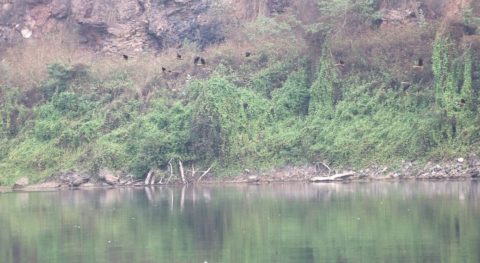
(A flock of Lesser Whistling Ducks was sighted at Giddi – A pit lake)
In Giddi – A colliery, the rainwater and excess mine water in non-monsoon season accumulates in the pit lake. The lake serves as a water storage structure conserving the local runoff and groundwater that would otherwise have been discharged into the drainage system after mine dewatering operations. The water from this abandoned quarry is also supplied to the project colony of Central Coalfields Limited and local villagers after treatment in the Water Treatment Plant.
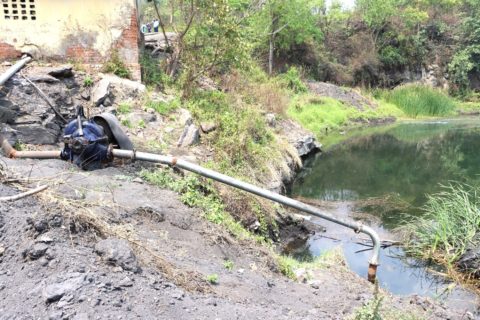
(Mine water is pumped for industrial and domestic use from the pit lake)
In India miners, and regulators have focussed on filling and planting these mined pits as part of mine closure planning to reduce likely environmental risks. As per a Central Mine Planning and Design Institute Limited study conducted in 2021 on the reclamation activities of Coal India Limited on 46 open-cast mines, it was found that the majority of the mined pits were backfilled. This is disadvantageous at times, as it does not allow for multi-choice decision-making for different ecosystem restoration options. A proper assessment and documentation of the potential benefits that can accrue from a diversified bundle of ecosystem services achieved through a multipronged rehabilitation strategy are critical to inform such decision-making.
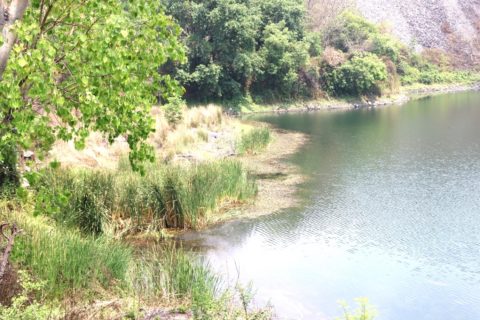
(Fringe vegetation around Giddi-A pit lake)
The Science around pit lakes is insufficiently explored and recognized. Wetland scientists can play an important role in mainstreaming pit lake ecology in regular scientific discourse and help in outlining a framework for embedding wetland-based ecological restoration in mine rehabilitation planning based on the definition of the ecological character of individual pit lakes. The approaches can be further strengthened by way of dialogue and discussion amongst various stakeholders. Read More
